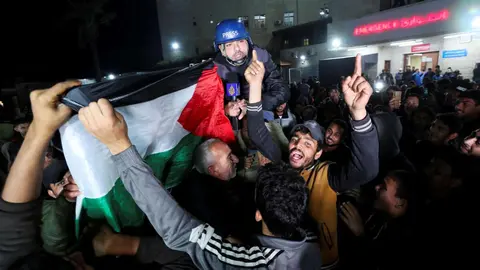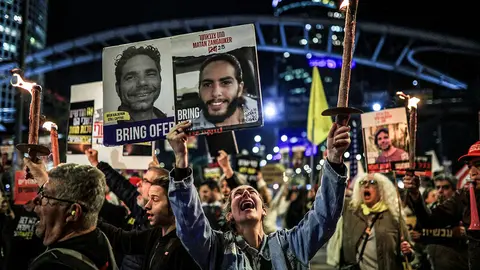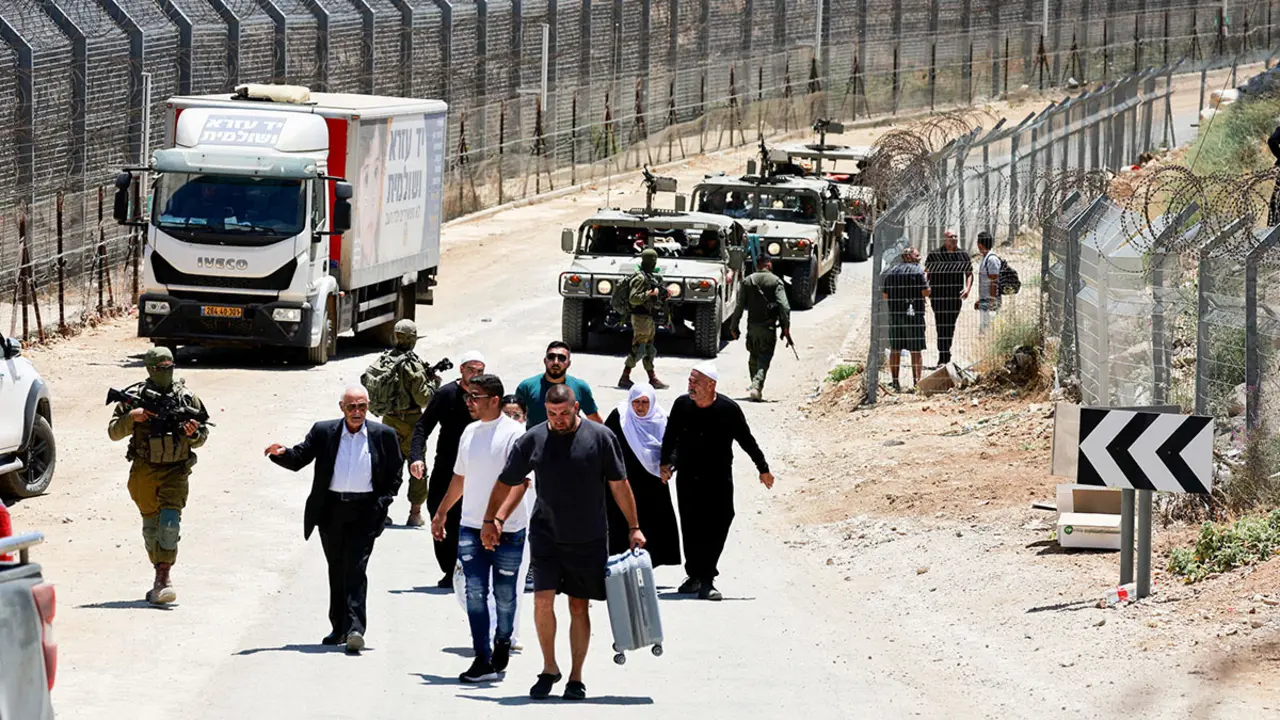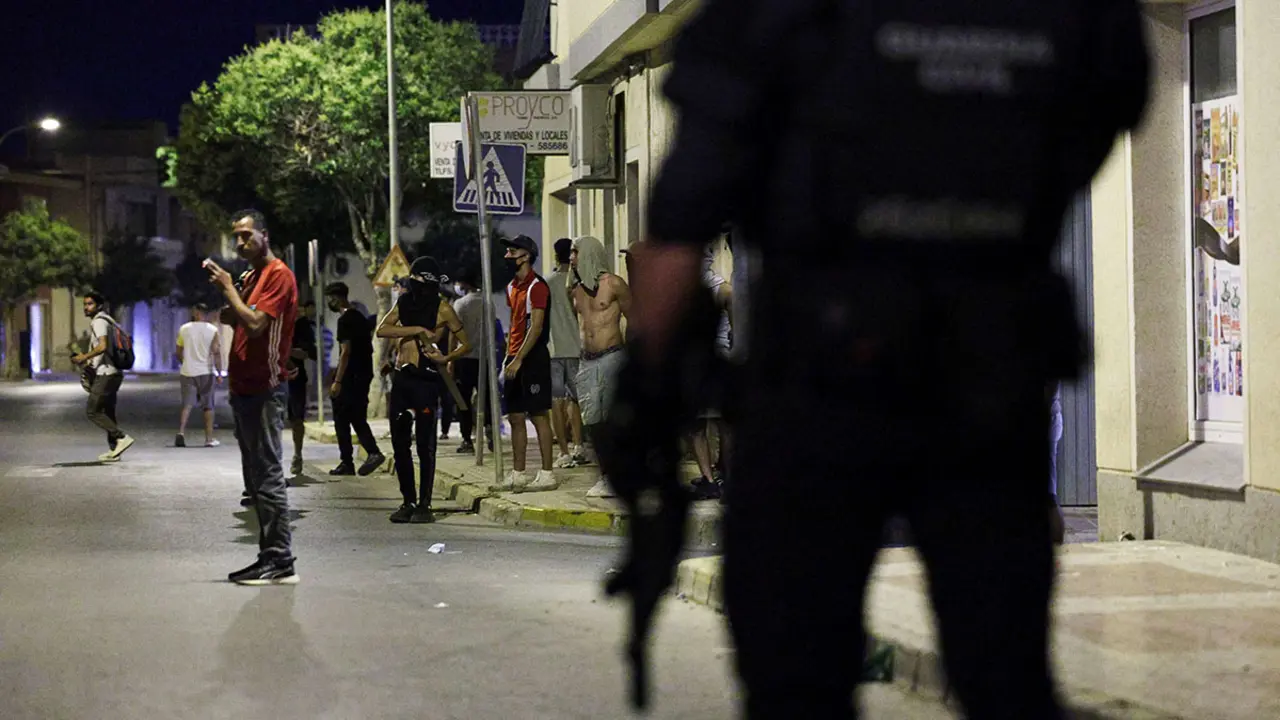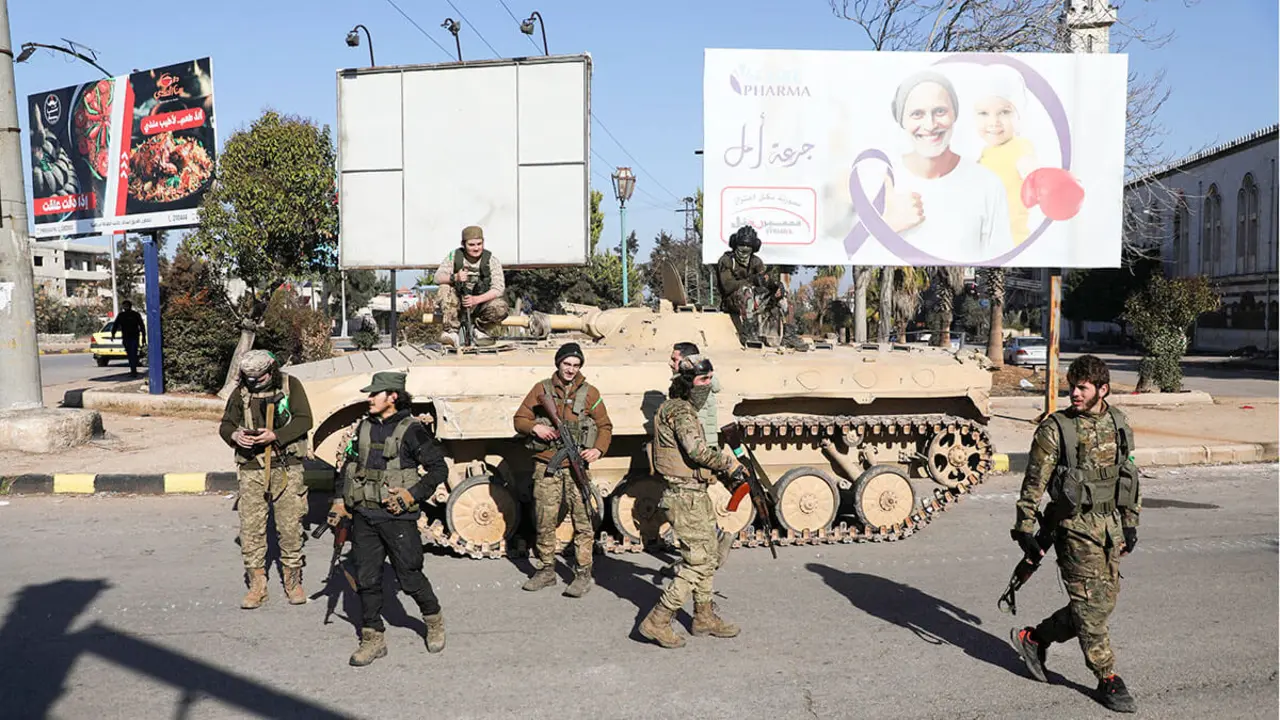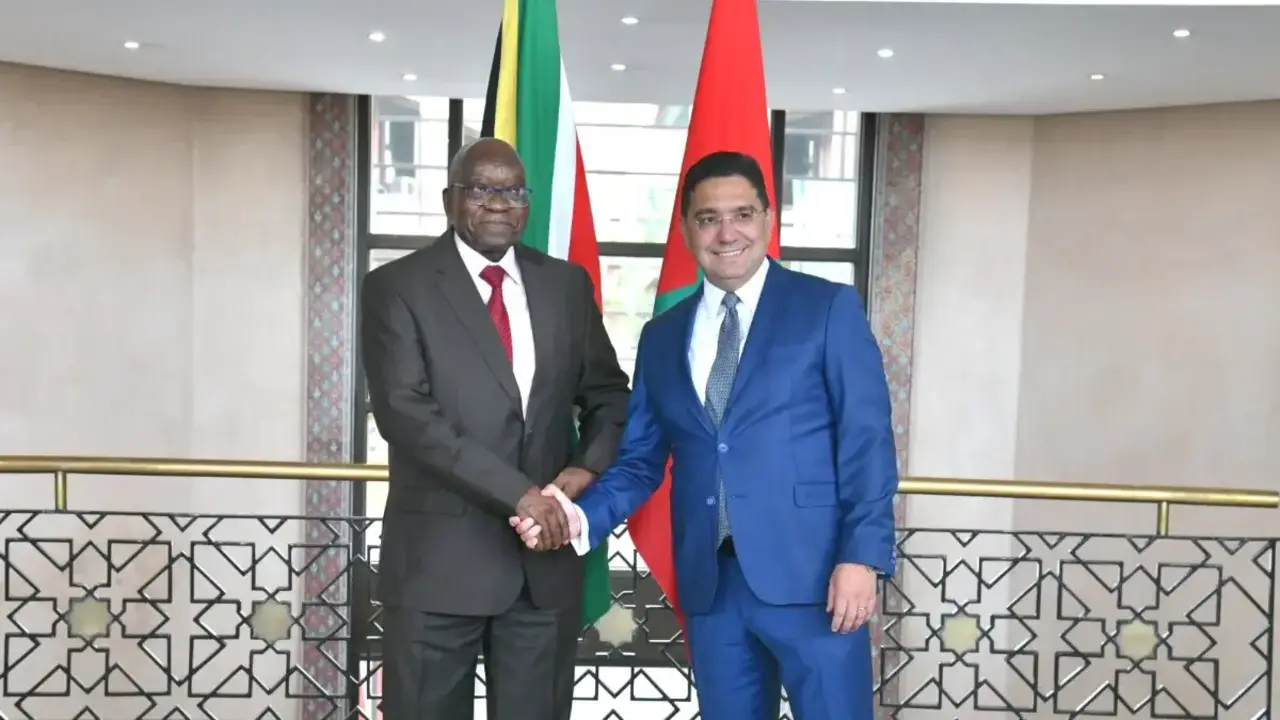Israel-Hamas ceasefire deal goes ahead

Finally, representatives of Israel, Hamas, the United States and Qatar have officially signed the ceasefire agreement in Doha after Jerusalem accused the terrorist group of introducing last-minute changes, hindering the ratification of the document.
In a statement, Prime Minister Benjamin Netanyahu ordered the security cabinet to meet today, Friday. He has also asked the Coordinator for Hostages and Missing Persons to coordinate preparations to receive the hostages upon their return to Israel.
‘Prime Minister Netanyahu expressed his thanks to the negotiating team and all those who assisted,’ the note said, also recalling that the State of Israel ‘is committed to achieving all the objectives of the war, including the return of all hostages, the living and the dead’.
Pending the approval of the Security Cabinet and the government, and the agreement coming into force, the release of the hostages will be carried out according to the planned framework, in which the hostages are expected to be released on Sunday.
The government is expected to meet later in the day to approve the agreement. In this regard, some members of the executive, such as National Security Minister Itamar Ben-Gvir, have threatened to leave the coalition if the agreement goes ahead.
The leader of the far-right Otzma Yehudit party has criticised the ceasefire for including a withdrawal from the Philadelphi Corridor and halting military operations, warning that it would undermine the gains of the war and fail to secure the release of all remaining hostages.
Pending approval by the Security Cabinet and the Government, and the agreement taking effect, the release of the hostages will be implemented according to the planned framework in which the hostages are expected to be released on Sunday.
— Prime Minister of Israel (@IsraeliPM) January 17, 2025
However, the far-right has indicated that it would be willing to rejoin the coalition if Israel were to resume fighting in Gaza after the 42-day ceasefire of the first phase of the agreement.
Finance Minister Bezalel Smotrich has also come out against the deal, saying it is ‘dangerous for Israel's national security’.
However, even if Smotrich and Ben Gvir, as well as other far-right ministers, vote against the deal, the Israeli prime minister would still have a majority to approve the truce.
According to the agreement, 33 hostages will be released in the first phase, including women, children, men over 50 and men under 50 who are wounded or ill. Israel estimates that most of these 33 hostages are alive.
We, the families of 98 hostages, welcome with overwhelming joy and relief the agreement to bring our loved ones home. We wish to express our profound gratitude to President-elect Trump, President Biden, both administrations, and the international mediators for making this… pic.twitter.com/cVtejT0mzG
— Bring Them Home Now (@bringhomenow) January 15, 2025
In return, more than 700 Palestinian prisoners will be released, including some 275 who are accused of murdering Israelis and are serving life sentences. Prisoners convicted of carrying out operations in which Israelis were killed will be deported to Gaza, Qatar or Turkey.
The Israeli authorities will also release Palestinians who were detained during the war but were not involved in the 7 October attack.
In addition, during this first phase, the Israel Defense Forces will gradually withdraw to a buffer zone in Gaza near the border with Israel. In this regard, Israeli troops will leave the Netzarim corridor in the centre of the Gaza Strip and most of the Philadelphi corridor on the Gaza-Egypt border.
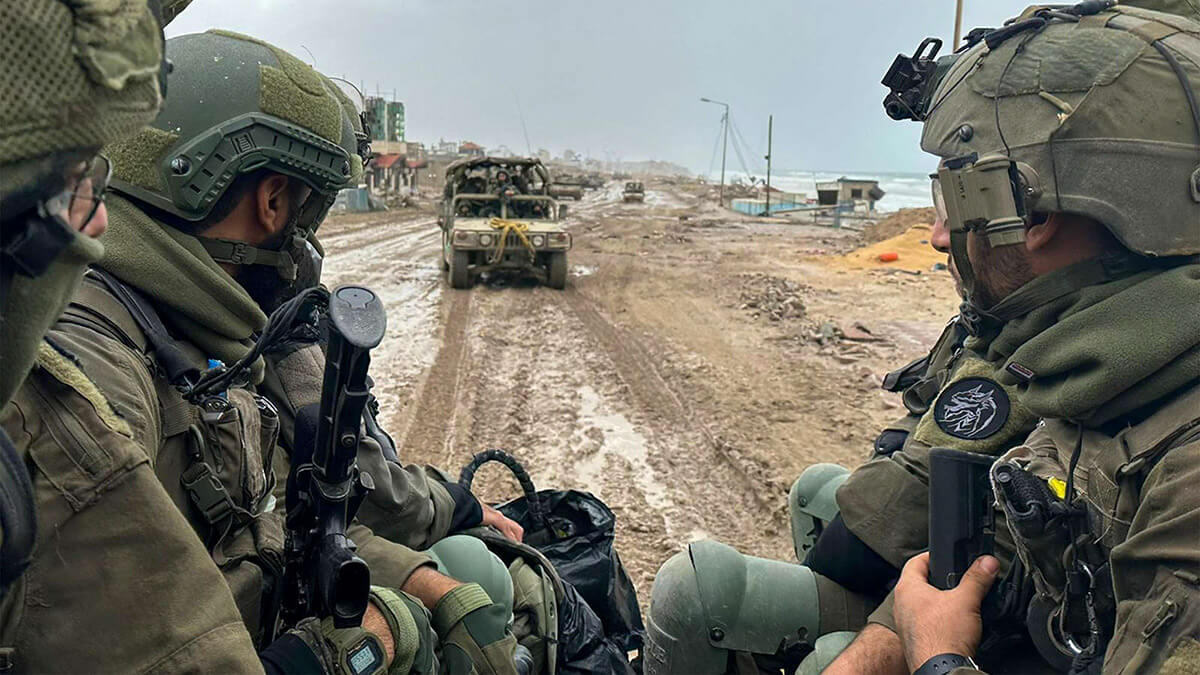
Meanwhile, Palestinians will be allowed to return to northern Gaza. Those travelling on foot will not go through security checks, but vehicles will be inspected by Qatari and Egyptian officials to ensure that no heavy weapons are transferred into Gaza, Axios reports.
From the first day of the ceasefire 600 trucks of aid, including 50 trucks of fuel, will enter Gaza daily. In addition, 200,000 tents and 60,000 mobile homes will be delivered for displaced Palestinians in Gaza.
On the 16th day of the ceasefire, Israel and Hamas will begin negotiations on the second phase of the agreement, which is supposed to include the release of the remaining hostages, a permanent ceasefire and a full Israeli withdrawal from Gaza.

